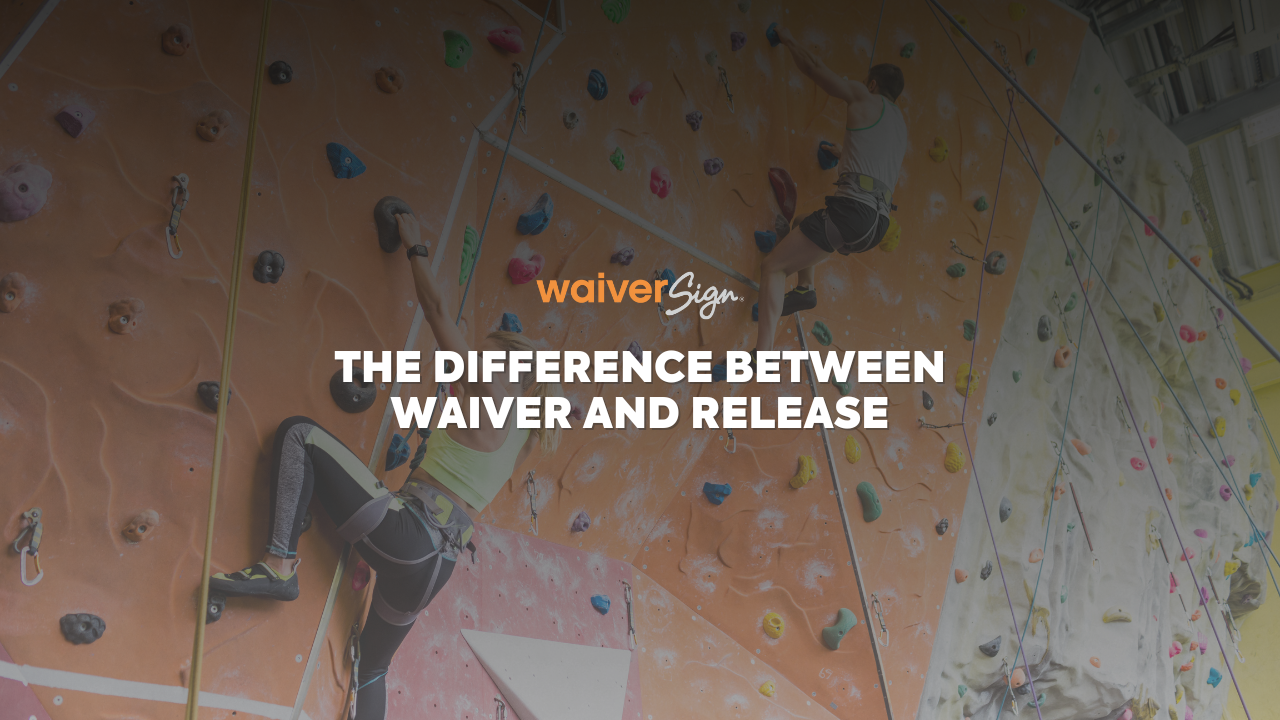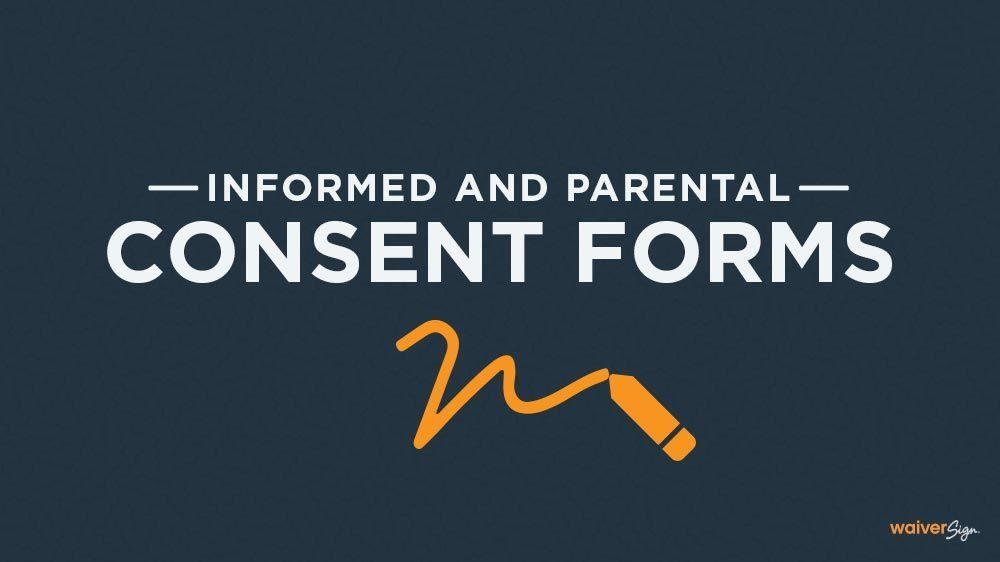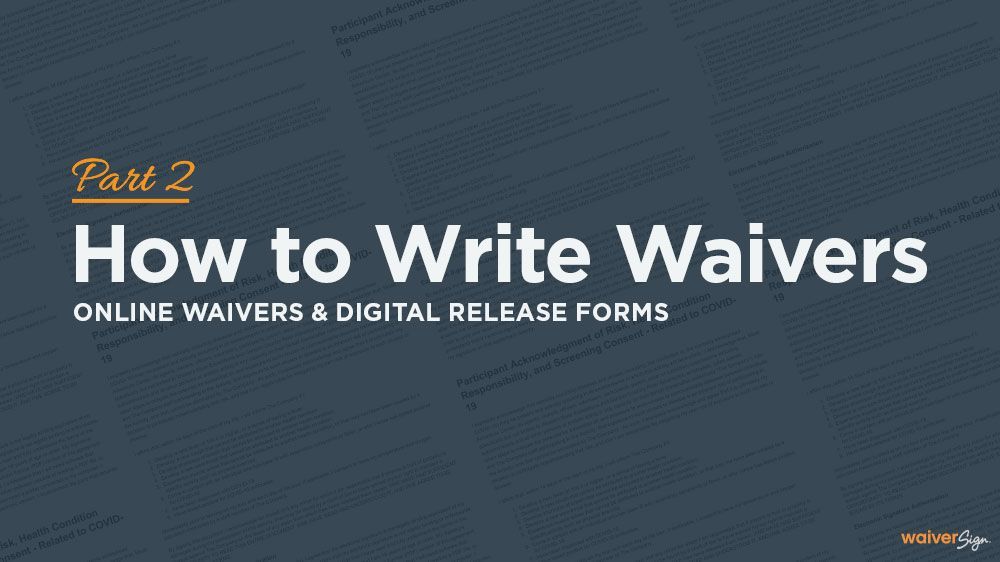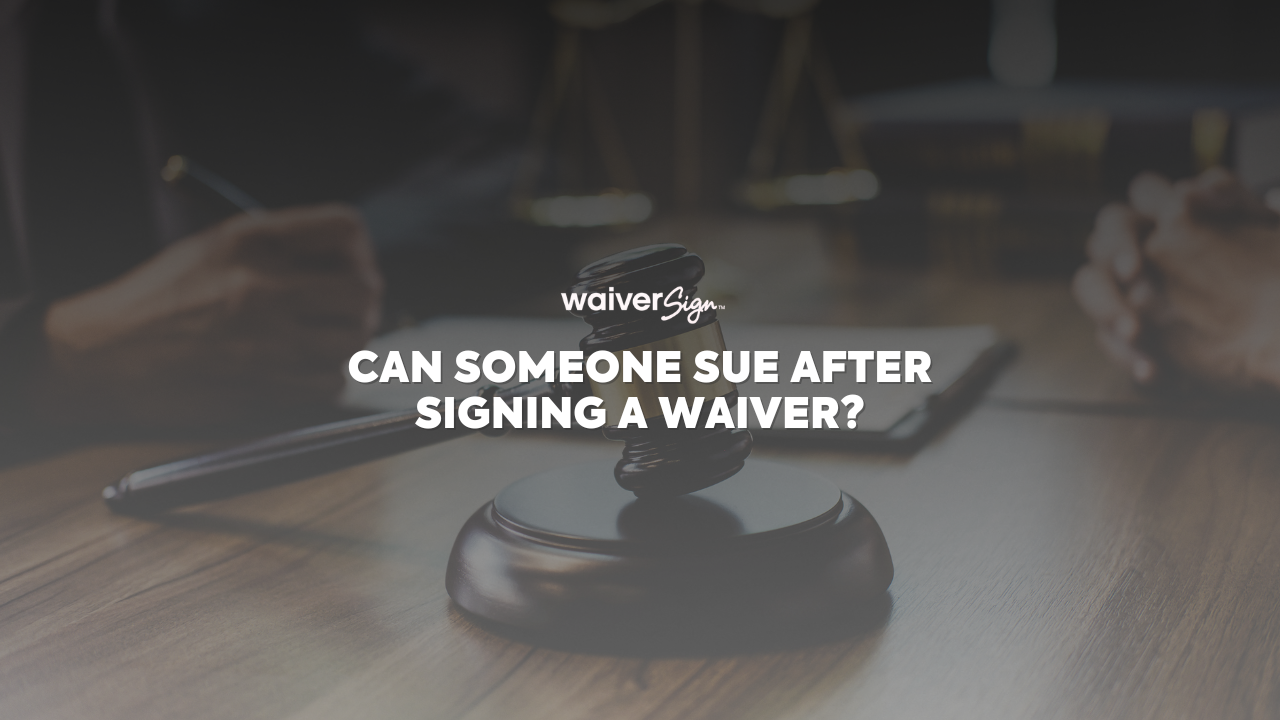Liability Waivers for COVID or Other Forms of Infectious Disease

Chun T. Wright
Washington DC-based attorney and former prosecutor at the US Attorney's Office, Chun serves as legal counsel to businesses across the country.
COVID-19 poses a lot of unique challenges to the travel industry, and a lot of operators are wondering how to proceed. One of the biggest questions on everyone’s mind is “Do I need a waiver for that?” In this section, we discuss COVID waivers: when they’re needed, and how to cover those risks.
Do I Need a New Liability Waiver for COVID?
First, you need to know that a standalone COVID waiver isn’t really necessary unless that’s the only reason you have a waiver. For most businesses in the adventure travel industry, waivers are already part of the process, and it’s not necessary to have separate waivers to cover specific risks.
So, what does that mean for participants that are currently booked? Don’t I need a new waiver for them to sign? Well, think about the purpose of having your participants sign a new waiver. Is it to educate them about COVID-related risks or is it to shield you from liability? If it's to protect your business, then take a look at your current waiver. It likely already says what you need it to.
If you want to educate the traveler about potential COVID risks, then you don't necessarily need to do that in a waiver. You could do it in your custom materials, like emails. You could put it on your website. There are numerous ways you can notify them that don’t require a signature. Just be sure to consult your attorney about it.

Do I Need to Update My Liability Waiver for COVID?
“So,” you ask, “If I don’t need a separate waiver, should I update my current one?” Again, your best course of action is to refer to your current waiver.
A lot of people are getting into very specific questions about coronavirus, but in writing a waiver, you typically want it to be evergreen; that means, other than risks that are unique to your business (like the risk of a parachute not opening when you’re skydiving), you won’t want to zoom in too far when detailing risks.
The goal, as already mentioned, is to create a waiver that holds up even as circumstances change. For example, COVID is the current concern, but what if five years from now, there’s a new pandemic? You don’t want to have to change your waiver for every new illness that comes about. You want your waiver to be as valid 20 years from now as it is today.
So, look at your current waiver and make sure that it covers coronavirus type risks (i.e. concerns about infectious diseases) in a general way. If it doesn't, then you'll want to update your waiver to make sure that it covers things like illness, viruses, pandemics, no matter if it's coronavirus or something else. If it does, then you’re probably already protected as well as you can be from the pandemic.
*As part of WaiverSign’s partnership with the Adventure Travel Trade Association (ATTA), we jointly hosted a webinar on August 25, 2020. In that webinar, Online Waivers & Digital Release Forms, lawyer and adventure travel legal expert Chun T. Wright discussed participant liability concerns, and how online waivers help with mitigation. This page was adapted from that presentation.
Other Sections:
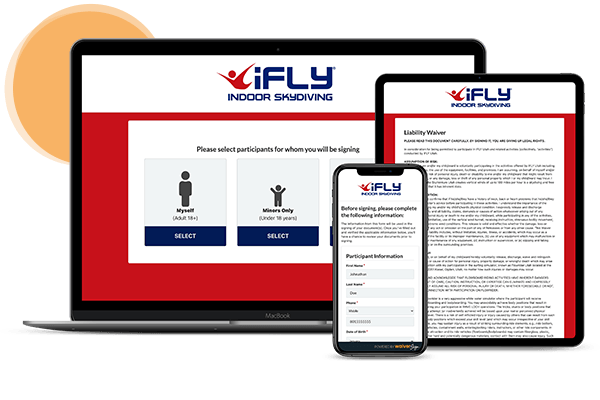
See If WaiverSign Works For You
Don't wait to make the next step in streamlining your business.
SHARE THIS BLOG POST


